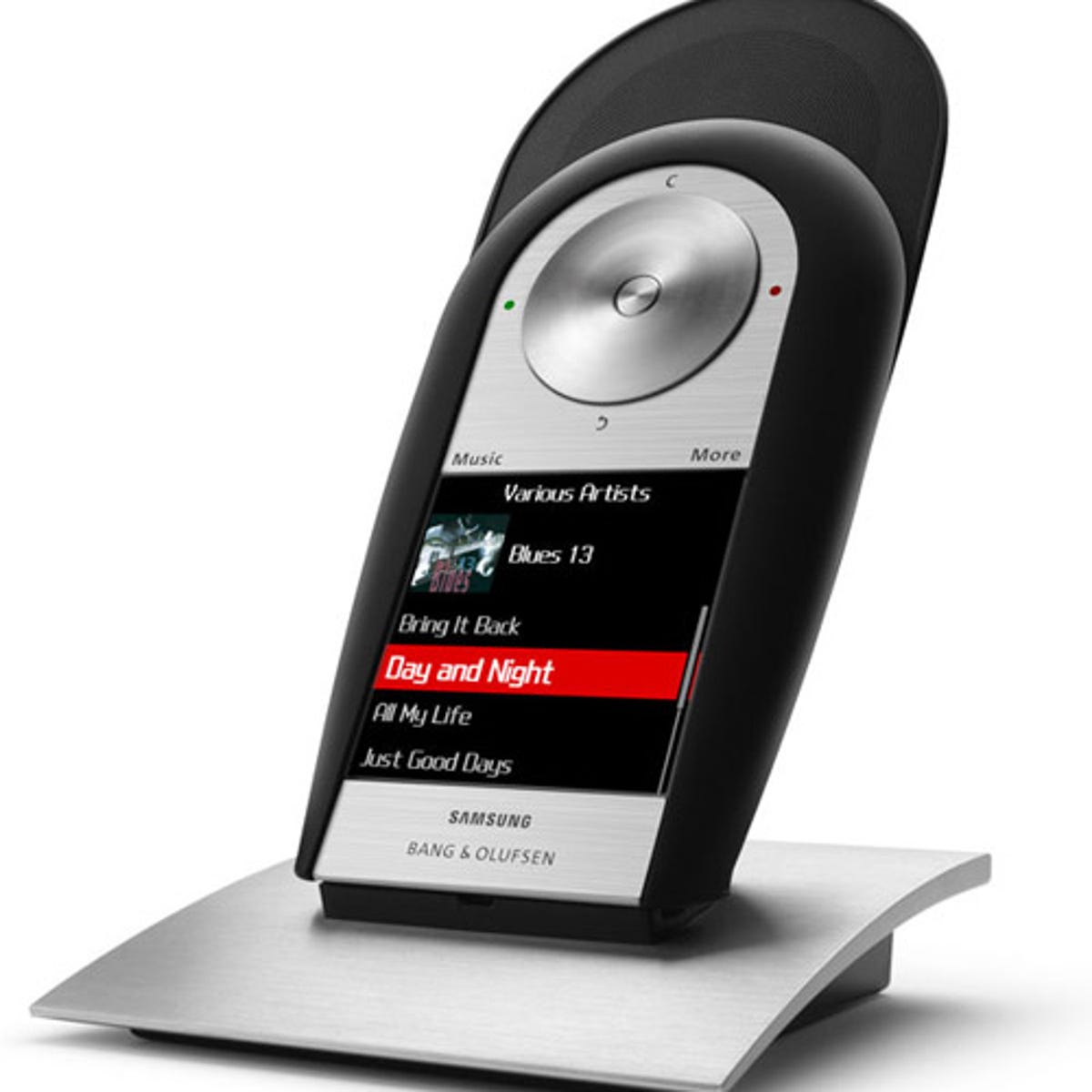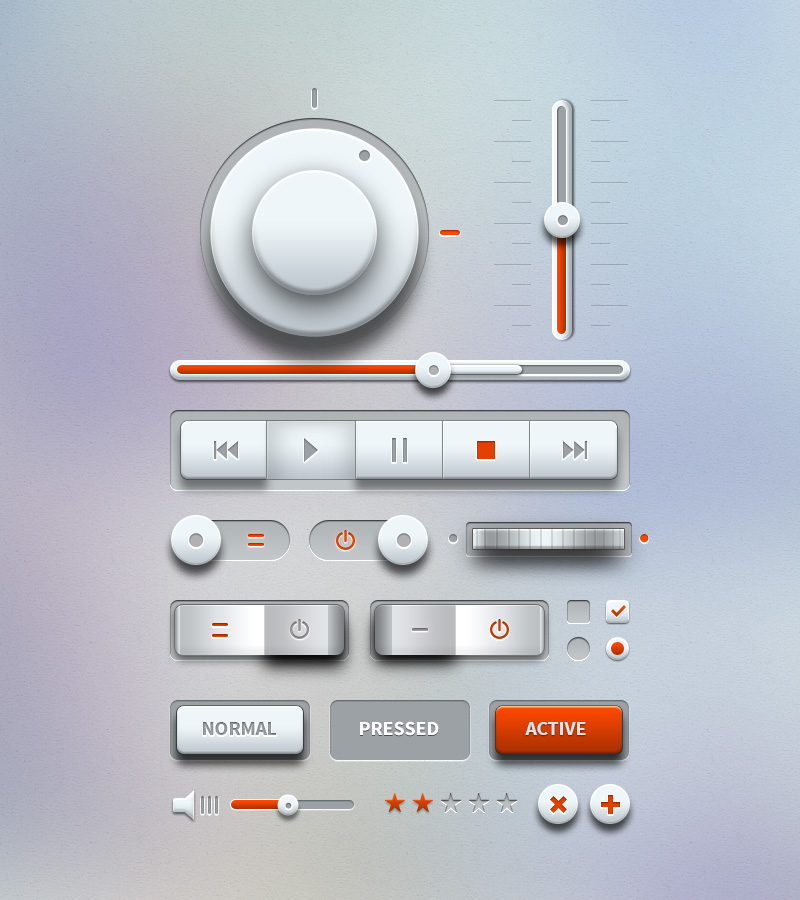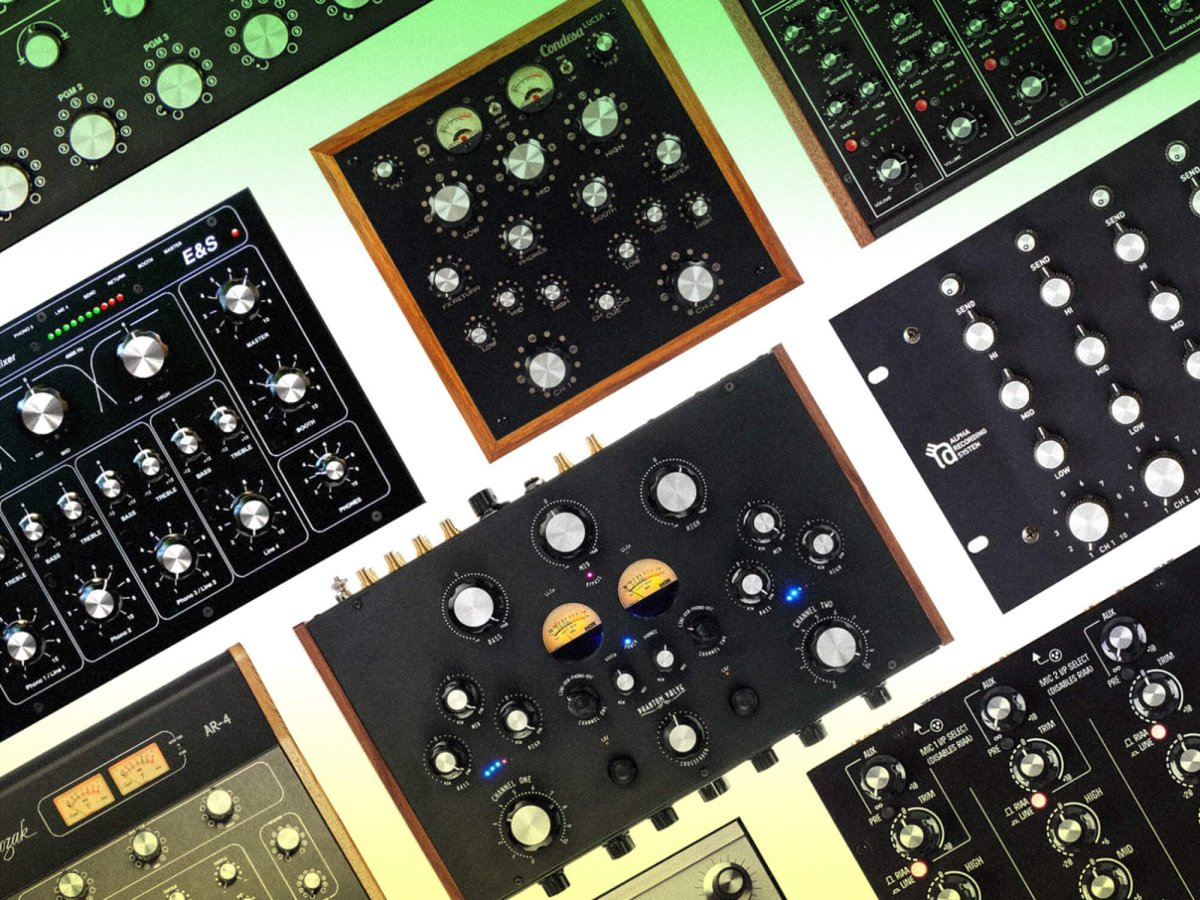Keith_W
Major Contributor
I am surprised nobody has mentioned Bang & Olufsen yet. They make the most gorgeous looking equipment and they usually sound good.

Take a look at this beautiful remote control. Easy to use, feels great in the hand. The downside is that it's not programmable, it's expensive, and only works with B&O equipment.

This is an old (pre-smartphone) B&O phone that had an integrated music player. Even today it is still unbelievably stylish. When it first came out in 2007, everyone was using Nokias and Blackberries and I thought it looked amazing.

The Beosound 9000 CD player was sleek and looked like a modern sculpture.
Needless to say, all the buttons and knobs on any B&O product are perfectly judged. They operate with a satisfying tactile feel and they feel really good in the hand.

Take a look at this beautiful remote control. Easy to use, feels great in the hand. The downside is that it's not programmable, it's expensive, and only works with B&O equipment.

This is an old (pre-smartphone) B&O phone that had an integrated music player. Even today it is still unbelievably stylish. When it first came out in 2007, everyone was using Nokias and Blackberries and I thought it looked amazing.

The Beosound 9000 CD player was sleek and looked like a modern sculpture.
Needless to say, all the buttons and knobs on any B&O product are perfectly judged. They operate with a satisfying tactile feel and they feel really good in the hand.



